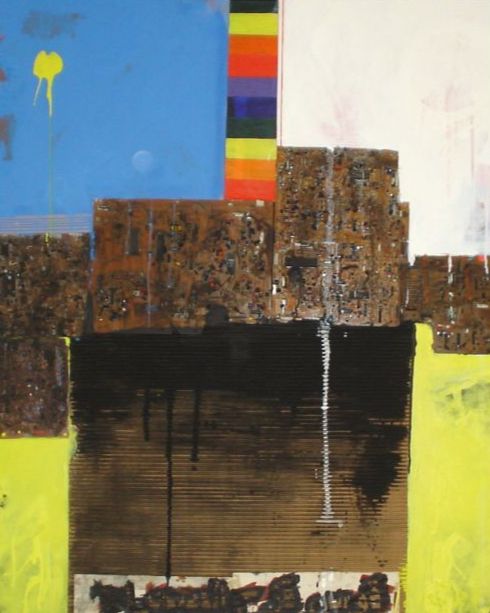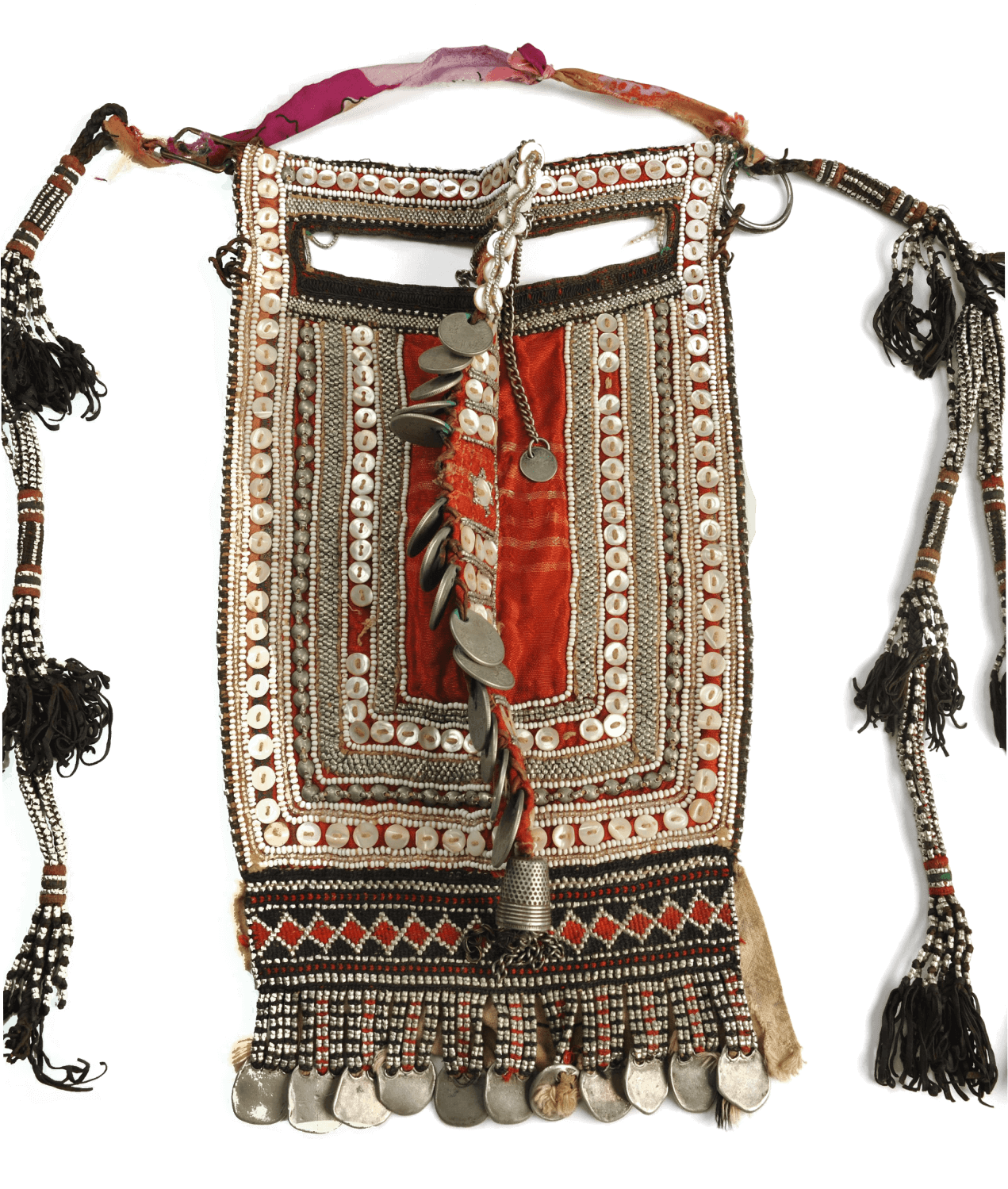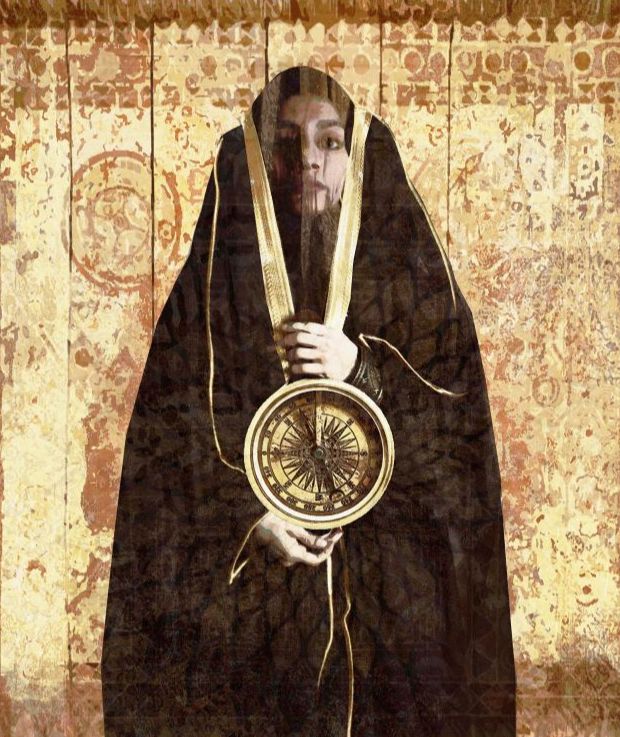The Art at the end of Rainbow Desert
From the ‘Rainbow Desert’ collection by Abdullah Al-Marzook. Abstraction. Acrylic and mixed media on canvas. Courtesy of the artist.
Born, raised and living in Saihat, Abdullah Al-Marzook earned his fine arts degree from the Art Institute of Atlanta in 1975. He worked as a fine art director of youth welfare in Dammam and Qatif for more than 15 years, hosting a variety of courses in art techniques, including painting, pottery and print-making. Over the decades, he made a name for himself as one of the formative pioneers in Saudi abstract art. He tirelessly exhibited his art, as well as served as a jury member at countless competitions around the world, pushing the boundaries of Saudi art and earning
himself several prizes along the way. Drawing inspiration from traditional urban architecture, hisfirst major series, “Arabian House,” birthed his thennascent style of having exteriors overlaid with mixed media pieces and figurative shapes. Still, it wasn’t until his second series that he truly honed and perfected that approach. “When an artist first pulls out a canvas, he usually doesn’t know which colors he’ll use until he actually begins,” said Al-Marzook, “but Desert Rainbow was different. I worked on that series for 14 years and it comes from a very personal and real space, inspired by my love of desert colors.”
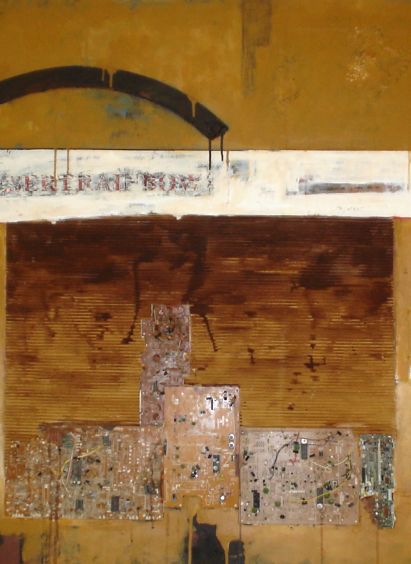
From the ‘Rainbow Desert’ collection
by Abdullah Al-Marzook.
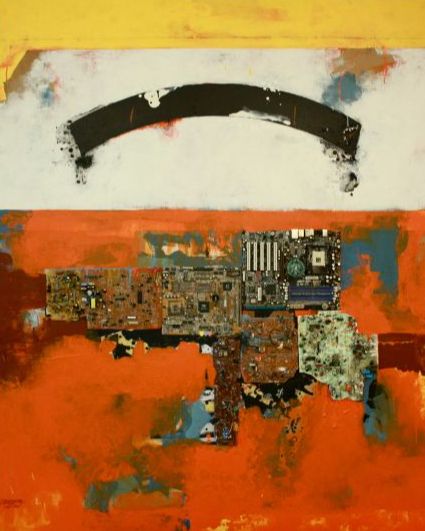
From the ‘Rainbow Desert’ collection
by Abdullah Al-Marzook.

From the ‘Rainbow Desert’ collection
by Abdullah Al-Marzook.
would feature an amazing assortment of cardboard, clippings, circuit boards, wiring and even sheet metal.“I used some particular techniques, including the utilization of found objects and recycling their purpose into art, meanwhile the repeating arcs throughout my pieces range in size and shape to symbolize space and time and humanity.
Al-Marzook continues, the clearest means of expression is through the use of black and white colors, and you’ll notice that my black and white geometric shapes are prominently displayed in size, as well as symbolic and artistic content. These objects would never be placed haphazardly, though.
with an almost engineering-like precision. Through his mastery of abstract art, he combined the heritage, history and beauty of our lands with a personal outcry at the violence and destruction transpired from past wars in the region.
Al Marzook was fond of using electronics and wiring as a form of expressing his dissatisfaction with what he considered the electronic revolution, “Have our electronic advancements been helpful or harmful to humanity?”
